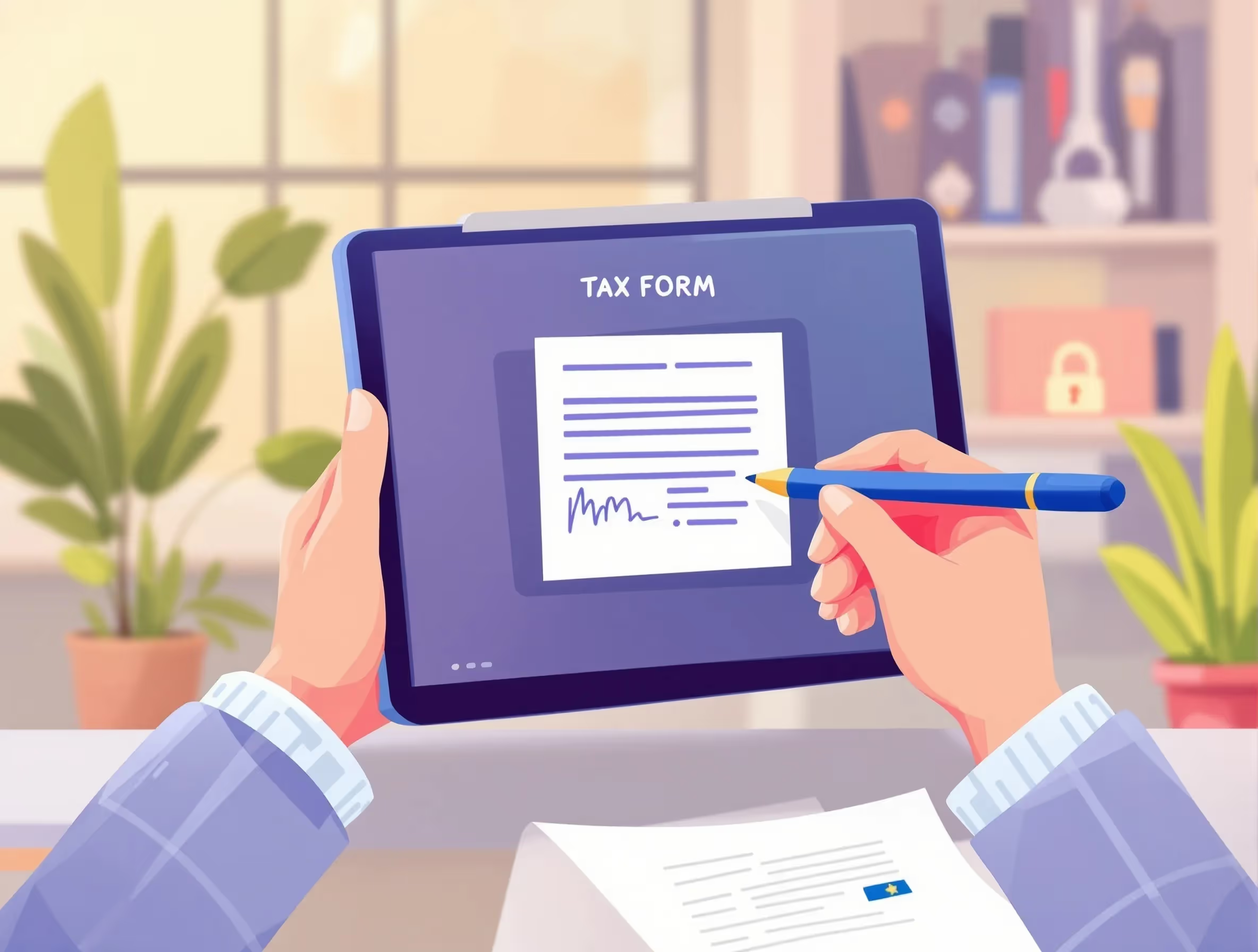
What Form 7004 Is For
Form 7004 allows certain business entities to request an automatic extension to file certain income tax and information returns. This IRS form helps corporations, partnerships, S corporations, and multi-member LLCs gain extra time to complete their business tax returns accurately. Most businesses use it to extend their filing deadline for various tax forms without providing a valid reason. However, filing Form 7004 only extends the time to file and does not extend the time to pay the business income tax owed.
When You’d Use Form 7004
Businesses file Form 7004 when they cannot complete their income tax return by the original due date. They were submitted before the filing deadline for a calendar-year filer. For a calendar year filer, C corporations and S corporations typically file it by March 15, while partnerships and sole proprietorships have until April 15. Filing this form before the due date grants automatic approval and prevents penalties for late business tax returns. It’s a vital part of the tax filing process for small business owners and professionals.
Key Rules or Details for 2010
- Automatic Extension Periods: For the 2010 tax year, most businesses, including C corps and S corps, received a six-month automatic extension, while partnership returns received five months.
- Payment Obligation: The IRS requires businesses to pay at least 90 percent of their income tax by the original due date to avoid penalties.
- Separate Extension Requests: Each corporation, partnership, or LLC must file its extension request unless they are part of a consolidated group filing under one corporation.
- Electronic Filing: The IRS encouraged taxpayers to e-file Form 7004, and businesses can also file it electronically through approved desktop software or authorized providers.
- Form Codes and Business Details: To ensure proper processing, taxpayers must include the correct form code, business information, and tax year when completing the extension filing.
Browse more tax form instructions and filing guides in our Forms Hub.
Step-by-Step Filing Process (High Level)
Step 1: Determine Eligibility
Confirm that your business tax return qualifies for an extension. Most businesses filing corporate, partnership, or excise taxes may use Form 7004.
Step 2: Estimate and Pay Taxes
Estimate your total business income and related taxes. To avoid penalties and interest, businesses must pay their estimated income tax with the extension request.
Step 3: Complete the Form
Enter your business details, including name, address, tax year, and employer identification number. Indicate the correct form code that matches your return type.
Step 4: File the Form
You can submit your return using IRS-approved software or by mailing it to the appropriate IRS Service Center.
Step 5: File Your Extended Return
Use the extra time the automatic extension provides to prepare and file your completed business tax return. Always include all supporting forms and schedules.
Learn more about federal tax filing through our IRS Form Help Center.
Common Mistakes and How to Avoid Them
- Assuming It Extends Payment: Many taxpayers face penalties because they think the extension covers payment. Always pay 90 percent of your business income tax by the deadline.
- Missing the Filing Deadline: Filing Form 7004 after the due date invalidates the extension. File early to ensure timely processing of your extension request.
- Incorrect Form Code: Using the wrong form code delays your federal extension. Always double-check IRS tax form instructions for accuracy before submission.
- Incomplete Business Information: Missing details, such as a tax year or business identification, often cause rejection, so carefully review your business information before submission to avoid errors.
- Not Keeping Proof of Filing: Businesses that fail to keep electronic confirmations or mailing receipts risk disputes with the IRS, so store all documentation to prove your extension filing was on time.
Learn more about how to avoid business tax problems in our guide on How to File and Avoid Penalties.
What Happens After You File
Once you file Form 7004 correctly, your automatic extension becomes valid without waiting for IRS approval. Most businesses receive five to six additional months to complete their business tax returns. During this time, you should finalize your financial records, calculate income tax accurately, and prepare all tax forms required. Businesses that paid more than owed may apply the overpayment to next year’s business tax return or request a refund from the IRS support team.
FAQs
How does Form 7004 work for business tax extensions?
Form 7004 provides an automatic extension for most businesses, giving extra time to file specific business tax returns without penalty.
Can C corporations use Form 7004 for a tax extension?
Yes, C corporations can file Form 7004 to extend the time to file their income tax return, provided payment is made by the original due date.
What business information is needed to file Form 7004?
When completing your extension form, you must provide business details such as name, EIN, tax year, form code, and total estimated tax due.
Can multi-member LLCs and partnerships file Form 7004?
Yes, multi-member LLCs and partnerships may use Form 7004 to request extra time for their partnership return and related tax forms.
Does the automatic extension also apply to state returns?
No, the federal extension does not automatically extend state return due dates. Certain states require separate tax extensions and forms for businesses.
Can Form 7004 be filed electronically through e-file?
Yes, Form 7004 may be filed electronically through IRS e-file systems or approved desktop software, usually at no extra cost to the business.
What happens if my business tax extension is filed late?
If you file Form 7004 after the due date, your business will face penalties and interest on unpaid taxes from the original deadline.
For more resources on filing or understanding prior-year IRS forms, visit our guide on Business Income Tax Forms.







